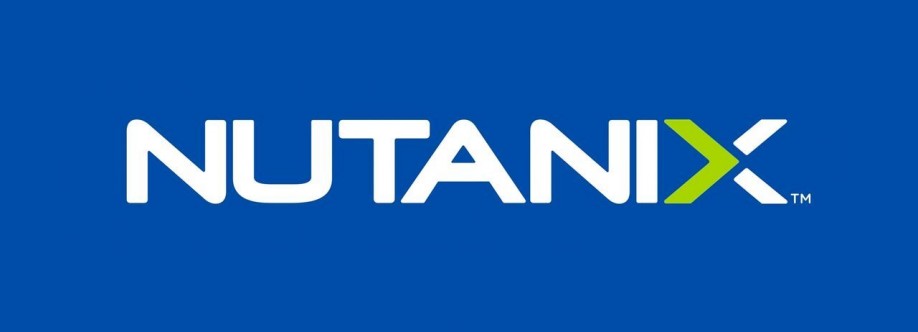Building the Supply Chain future : Kinaxis RapidResponse for better Concurrent Planning in 2030
Sales and operations planning (S&OP) is a process for better matching a manufacturer's supply with demand by having the sales department collaborate with operations to create a single production plan. The broader goal is to align daily operations with corporate strategy. As the companies are expanding tremendously in today’s era, it is necessary to have a centralized view which would allow everyone to be on same assumptions. Even with the same data, the procedure a particular thing, for instance, the days of coverage is calculated in Microsoft Excel may defer person to person or department to department within the same company. To get rid of such errors and to centralize these planning activities, it was necessary to take a step ahead in the digitalization era by adapting a software which would revolutionize the planning activities. One such software that is the greatly used in the supply chain industry is Kinaxis Rapid Response. Implementation of Kinaxis Rapid Response in the supply chain grants an upscale degree of control in location mapping, process status, and end-to-end visibility. It is a great tool for what-if scenarios, which allows to visualize the impact of the slight change in the planning scenario. Presented in this paper, is a concise review of Kinaxis Rapid Response software, and its applications in the Sales and operations planning (S&OP). It also explains the implementation of this software in the industry and the adaptation of the employees towards the new software. It also explains utilization of the data generated by the supply planning network by performing analysis, to better understand factors contributing to the problems faced in the supply chain, which in turn, helps in better decision making and alternative measures for improvements. The paper discusses the implementation of this technology to maintain trusted centralized visibility in the complete Supply Chain Management system, to avoid misinterpretation of information and maintain the integrity of promises made amongst the involved people.















